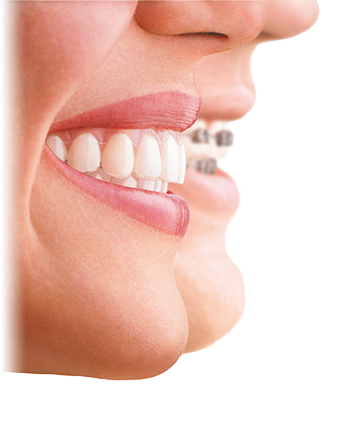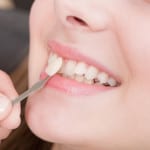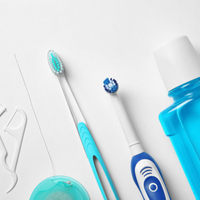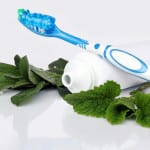 If you have misaligned teeth, you may be advised to wear braces followed by retainers, but what are retainers, and why are they so important?
If you have misaligned teeth, you may be advised to wear braces followed by retainers, but what are retainers, and why are they so important?
What are Retainers?
Retainers are orthodontic appliances, which are usually work after braces. Their role is to hold the teeth in position and prevent relapse. Braces cause the teeth to move and once they’re in the desired position, the last you want is for them to slip out of place. Retainers help to prevent this from happening, and they enable you to enjoy your beautiful, straight smile for years to come.
There are various different types of retainers, including removable and fixed appliances. In many cases, retainers are attached to the back of the teeth, so they can’t be seen when you smile.
If you’re advised to wear retainers, and you don’t follow your dentist’s advice, you run the risk of undoing all the good work achieved by your braces, and you may need further treatment in the future.
Are Retainers Painful?
You may find that it takes a couple of days to get used to your retainers, but they shouldn’t feel painful. At first, they may feel a bit tight, but soon, wearing them will become second nature.
Looking After your Retainers
When you have retainers, you need to look after them, just as you cared for our braces during the first part of your orthodontic treatment. If you have a removable retainer, take it out to clean it, and keep it in a safe place. If you have a fixed retainer, take care to keep your mouth as clean as possible. Your dentist will be able to show you how to clean your retainer.
If you have any questions about retainers, don’t hesitate to ask you dentist. We’re always happy to help.
















